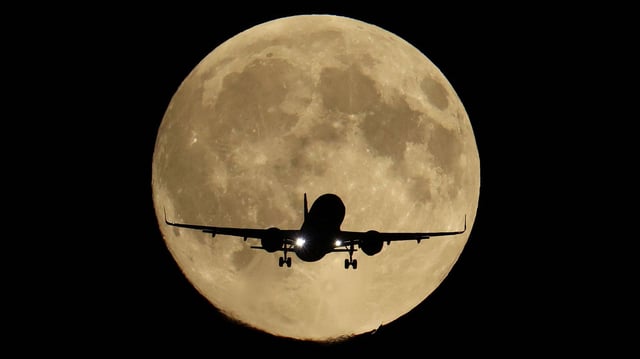Overview
- The October full moon reached peak illumination at 11:48 p.m. ET on Oct. 6 and was widely observed and photographed around the world, with the disk appearing full into Oct. 7 in many regions.
- NASA describes a supermoon as a full moon within about 90% of perigee, making it appear up to roughly 14% larger and about 30% brighter; this one was about 224,600 miles from Earth.
- This full moon is the Harvest Moon, defined as the one closest to the September equinox, and its October timing means it takes the place of the usually named Hunter’s Moon.
- The sequence continues with supermoons on Nov. 5 (Beaver Moon) and Dec. 4 (Cold Moon), with another expected in January 2026.
- The closer-than-usual moon produced modestly stronger tides, with king-tide and localized flooding reports in parts of the U.S. Southeast.



